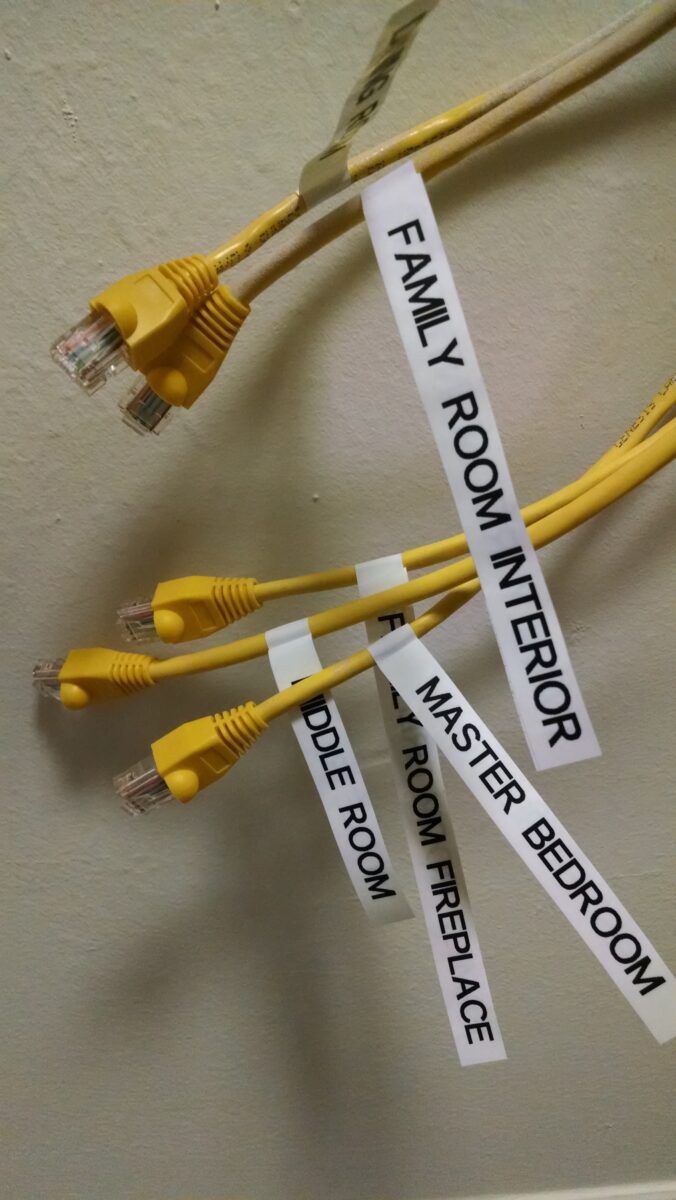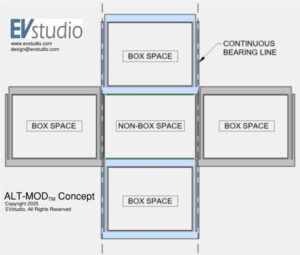Introduction to PoE Lighting Systems
Power over Ethernet (PoE) lighting systems are revolutionizing residential and commercial buildings. These systems transmit both power and data over a single Ethernet cable, simplifying installation and enhancing control.

Basics of PoE Lighting Systems
- PoE Switch: Supplies power and data to connected devices over Ethernet cables.
- PoE Light Fixtures: Specially designed to receive power and data from the Ethernet cable.
- Cabling: Cat5e or Cat6 cables are typically used for their ability to handle power and data transmission.
IBC and NEC Regulations for PoE Lighting
The International Building Code (IBC) and National Electrical Code (NEC) provide essential guidelines for the safe installation and operation of PoE lighting systems.
- IBC Compliance: Ensures PoE lighting integration meets structural safety requirements.
- NEC Compliance: Focuses on electrical safety, including wiring, installation, and equipment standards.
Key NEC Sections for PoE Lighting
- Article 725: Covers Class 2 and Class 3 circuits, which include PoE.
- Article 840: Specific to premises-powered broadband communications systems, including PoE.
Benefits of PoE Lighting Technology
Cost Savings on Construction
- Reduced Wiring Costs: PoE uses Ethernet cables, which are cheaper and easier to install than traditional wiring.
- Simplified Installation: Single cable for power and data/control reduces labor costs and installation time.
- Energy Efficiency: Centralized control leads to optimized energy usage, reducing operational costs.
Enhanced Design and Control
PoE lighting systems allow for advanced control features such as dimming, color tuning, and scheduling. This flexibility improves both energy efficiency and occupant comfort. Lighting controls become more sophisticated with every new energy code. Fortunately, PoE can meet these lighting control requirements including: daylight, multiple zones, more complex dimming schemes, scene controls, timeclock, and motion sensors.
Drawbacks of PoE Lighting Technology
Limited Power Delivery
First, PoE lighting systems are limited by the amount of power Ethernet cables can deliver. This restricts the brightness and number of fixtures that can be supported on a single cable.
Initial Setup Costs
Next, while PoE can reduce wiring costs, the initial investment in PoE switches and compatible fixtures can be higher compared to traditional lighting systems. Additionally, we have seen that commercial products for PoE lighting have been in short supply. This will hopefully improve in time as PoE becomes more mainstream.
Network Security Concerns
Finally, integrating lighting systems with data networks can introduce security vulnerabilities. However, implement proper network security measures to protect against cyber threats.
Role of Architecture and Electrical Engineering Teams
Evaluation of Options
An experienced team assesses the building’s requirements and determines the best PoE lighting solution. They ensure the system meets both aesthetic and functional needs.
Compliance with Codes
Professionals ensure that installations comply with IBC and NEC regulations. This avoids potential legal issues and ensures the safety of the building’s occupants.
Example: Residential PoE Lighting
In a smart home, use PoE lighting integrate to with other smart devices. For example, PoE LED fixtures can be connected to a home automation system, allowing residents to control lighting via a smartphone app. This setup, complying with NEC Article 725, enhances convenience and energy efficiency.
Example: Commercial PoE Lighting
In an office building, use PoE lighting for dynamic and energy-efficient lighting solutions. Office spaces can benefit from motion-sensor-activated PoE lights, which reduce energy consumption when areas are unoccupied. Compliance with NEC Article 840 ensures the system is safely integrated into the building’s electrical infrastructure.
Conclusion
In summary, PoE lighting is a cost-effective, efficient, and flexible solution for residential and commercial buildings. However, it does come with limitations such as power delivery constraints, initial setup costs, and network security concerns. Follow IBC and NEC guidelines, with the help of an experienced architecture and electrical engineering team, to ensure a safe, compliant, and aesthetically pleasing lighting system. Embrace these trends to achieve significant savings and enhanced control over lighting environments. Integrate PoE lighting into your building projects to create smart, sustainable, and visually appealing environments while maintaining compliance with the latest safety codes. Reach out to our team of experts at EVstudio and we can help you evaluate all of the available lighting technologies, including PoE, that may be applicable for your project.
For further information on PoE lighting and compliance, refer to the latest editions of the IBC and NEC.
References










